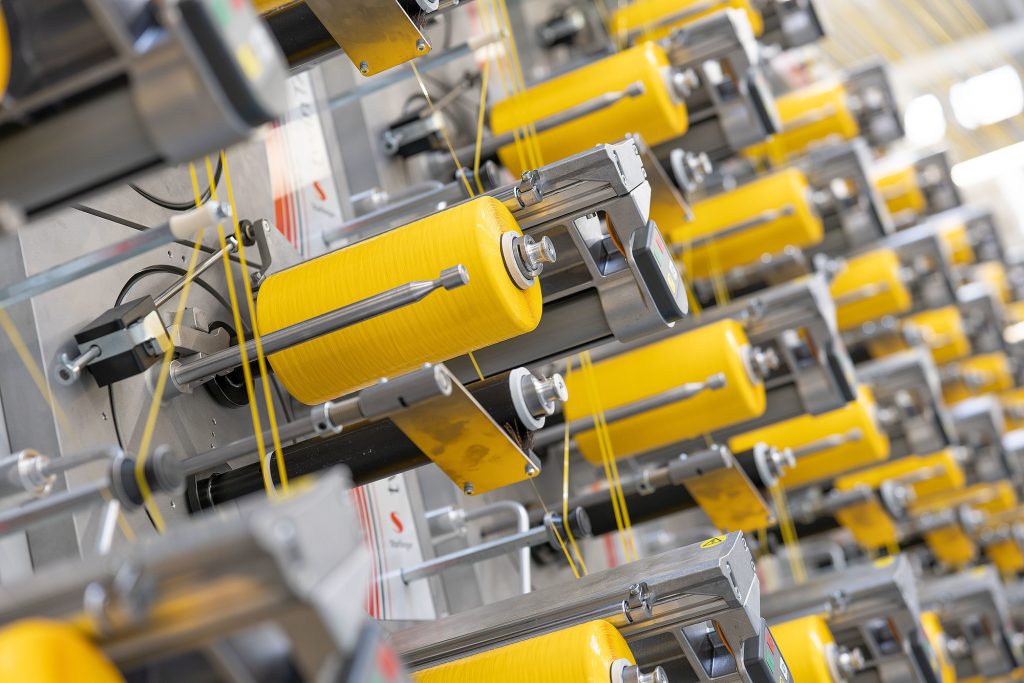
- 1. Introduction: The Critical Role of Poly Woven Bags in Feed Logistics
- 2. Advantages of Poly Woven Bags in Feed Packaging
- 3. Technical Specifications: Tailoring Bags to Feed Types
- 4. Quality Assurance: Testing PP and PE Resins
- 5. Sustainability and Regulatory Compliance
- 6. FAQs: Addressing Industry Concerns
- 7. Future Trends: Smart Packaging and Automation
- 8. Conclusion: Strategic Value for Feed Producers
“Our poultry feed supplier in Thailand faces frequent spoilage due to humidity and pests during transit. How can your packaging solutions ensure both durability and freshness?” asks a procurement manager at a leading agricultural conglomerate.
The answer lies in VidePak’s poly woven bags—engineered with high-tensile polypropylene (PP), customizable barrier layers, and advanced breathability—delivering 50kg+ load capacity, 98% microbial resistance, and a 40% reduction in spoilage rates for feed products.
1. Introduction: The Critical Role of Poly Woven Bags in Feed Logistics
The global animal feed market, valued at $460 billion in 2024, demands packaging that balances cost efficiency, durability, and biosecurity. Poly woven bags, reinforced with PP fabrics and specialized coatings, have become indispensable for transporting pet, poultry, and livestock feed. VidePak, leveraging 30+ years of expertise and Austrian Starlinger machinery, produces 80 million bags annually, serving clients in 50+ countries. This report analyzes the technical advantages of poly woven bags in feed logistics, focusing on material science, regulatory compliance, and customization strategies.
2. Advantages of Poly Woven Bags in Feed Packaging
2.1 Cost Efficiency and Load Capacity
Poly woven bags offer a 20–30% cost advantage over traditional jute or paper bags due to PP’s lightweight nature (80–150 GSM) and high tensile strength (1,200–1,800 N/cm²). For example, a Vietnamese poultry farm reduced packaging costs by 25% while increasing load capacity to 55 kg/bag using VidePak’s block-bottom valve bags (explore valve bag solutions).
2.2 Biosecurity and Freshness Preservation
- Antimicrobial Properties: PP resins blended with silver-ion additives inhibit bacterial growth, achieving 98% reduction in Salmonella and E. coli contamination (tested per ISO 22196).
- Moisture Control: LDPE liners (20–30 µm) reduce water vapor transmission to <5 g/m²/day, critical for humid climates.
- Breathability: Controlled weave density (12×12 threads/cm²) prevents condensation, reducing mold growth by 60% in poultry feed storage.
Case Study: A Brazilian cattle feed producer cut spoilage rates from 12% to 3% using VidePak’s UV-stabilized bags with ventilated panels.
3. Technical Specifications: Tailoring Bags to Feed Types
3.1 Parameter Selection Guide
| Feed Type | Key Requirements | Recommended Specifications |
|---|---|---|
| Pet Food | Aroma retention, pest resistance | 90 GSM PP + 25µm BOPP laminate |
| Poultry Feed | High breathability, stackability | 14×14 weave + PE-coated valve design |
| Livestock Feed | Puncture resistance, UV stability | 120 GSM PP + 30µm LDPE inner liner |
3.2 Customization Strategies
- Outer Layer: BOPP lamination enhances printability for branding and regulatory labels (e.g., FDA 21 CFR).
- Inner Liners: Food-grade PE or aluminum foil for moisture-sensitive feeds like fishmeal.
- Closure Systems: Heat-sealed valves for automated filling (120 bags/minute) or stitched mouths for manual handling.
4. Quality Assurance: Testing PP and PE Resins
VidePak’s ISO 17025-certified labs conduct rigorous tests to ensure raw material compliance:
- Physical Properties:
- Melt Flow Index (MFI): 8–12 g/10min (ASTM D1238) for uniform extrusion.
- Density: 0.90–0.91 g/cm³ (ISO 1183) to balance strength and flexibility.
- Mechanical Performance:
- Tensile Strength: ≥30 MPa (ASTM D638) for 50kg+ loads.
- Impact Resistance: ≥500 g/mil (ASTM D1709) for PE liners.
- Thermal Stability:
- Heat Deflection Temperature: 100–120°C (ASTM D648) to withstand tropical climates.
5. Sustainability and Regulatory Compliance
- Recyclability: 100% recyclable PP/PE blends align with EU EN 13432 and China GB/T 8946 standards.
- Carbon Footprint: VidePak’s closed-loop recycling program reduces virgin plastic use by 12,000 tons/year.
- Certifications: FDA, ISO 22000, and GMP+ for feed safety.
6. FAQs: Addressing Industry Concerns
Q1: How do poly woven bags compare to FIBCs for bulk feed transport?
A: Poly bags cost 40% less for loads <1,000 kg and offer superior breathability, reducing spoilage risks in grains.
Q2: Can these bags withstand abrasive feed ingredients like minerals?
A: Yes. VidePak’s heavy-duty woven bags (1,800 N/cm² tensile strength) integrate anti-abrasion coatings, validated in Australian mineral feed trials.
Q3: Are customized printing options available for regional regulations?
A: VidePak’s 10-color gravure printing ensures compliance with EU allergen labels and China’s GB 4806.7 food-contact standards.
7. Future Trends: Smart Packaging and Automation
By 2030, 70% of feed mills will adopt IoT-enabled bags with QR codes for traceability. VidePak’s R&D team is piloting biodegradable PP-kraft hybrids and RFID-tagged bags for real-time moisture monitoring.
8. Conclusion: Strategic Value for Feed Producers
VidePak’s poly woven bags empower the feed industry to:
- Reduce Losses: 40% lower spoilage via moisture control and antimicrobial barriers.
- Enhance Efficiency: Automated compatibility cuts labor costs by 30%.
- Meet ESG Goals: 100% recyclability supports UN SDG 12 (Responsible Consumption).
As CEO Ray states: “In feed logistics, every gram saved from spoilage is a step toward global food security.”
External Links:
- Explore livestock feed packaging innovations in Kraft-PP Solutions for Feed.
- Learn about automated filling systems in FFS Roll Bags for Pet Food.
This report synthesizes data from ASTM/ISO standards, client case studies, and VidePak’s production analytics, positioning poly woven bags as a linchpin of modern feed supply chains.